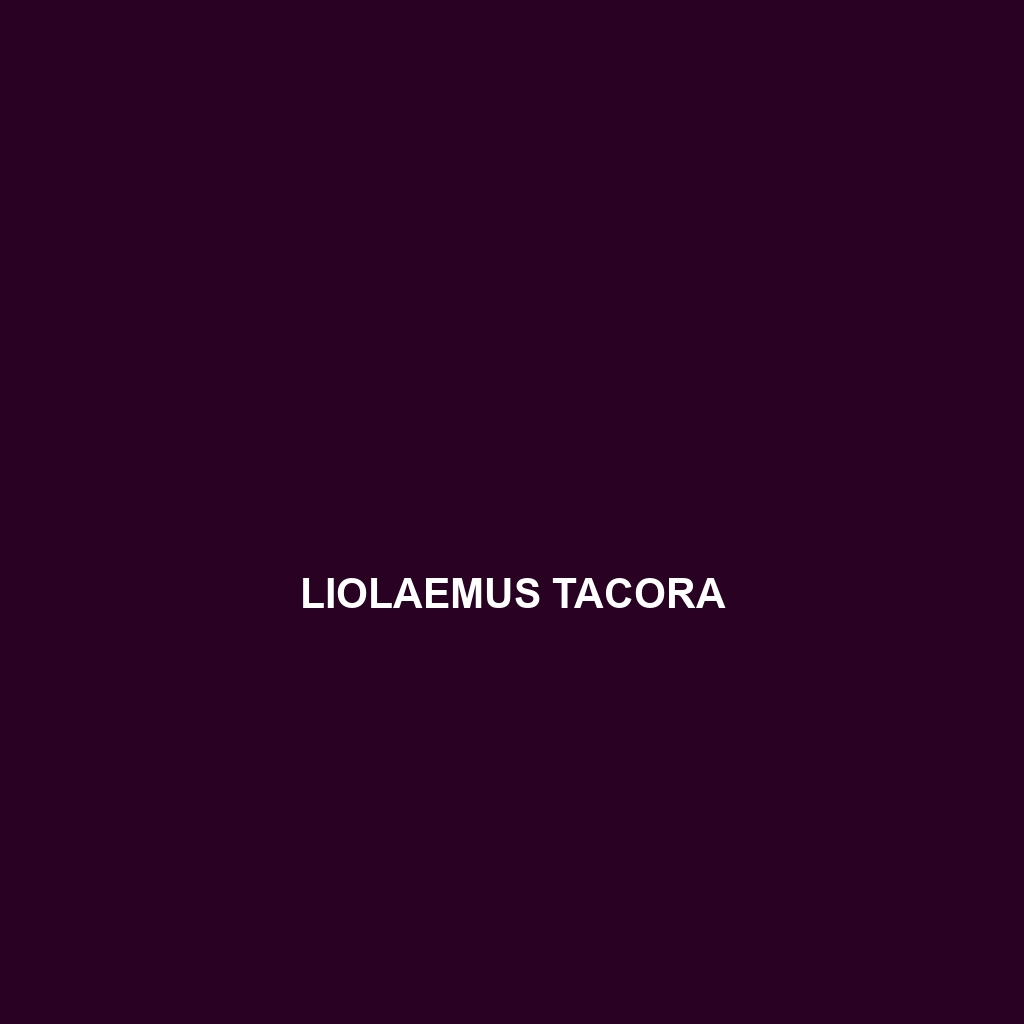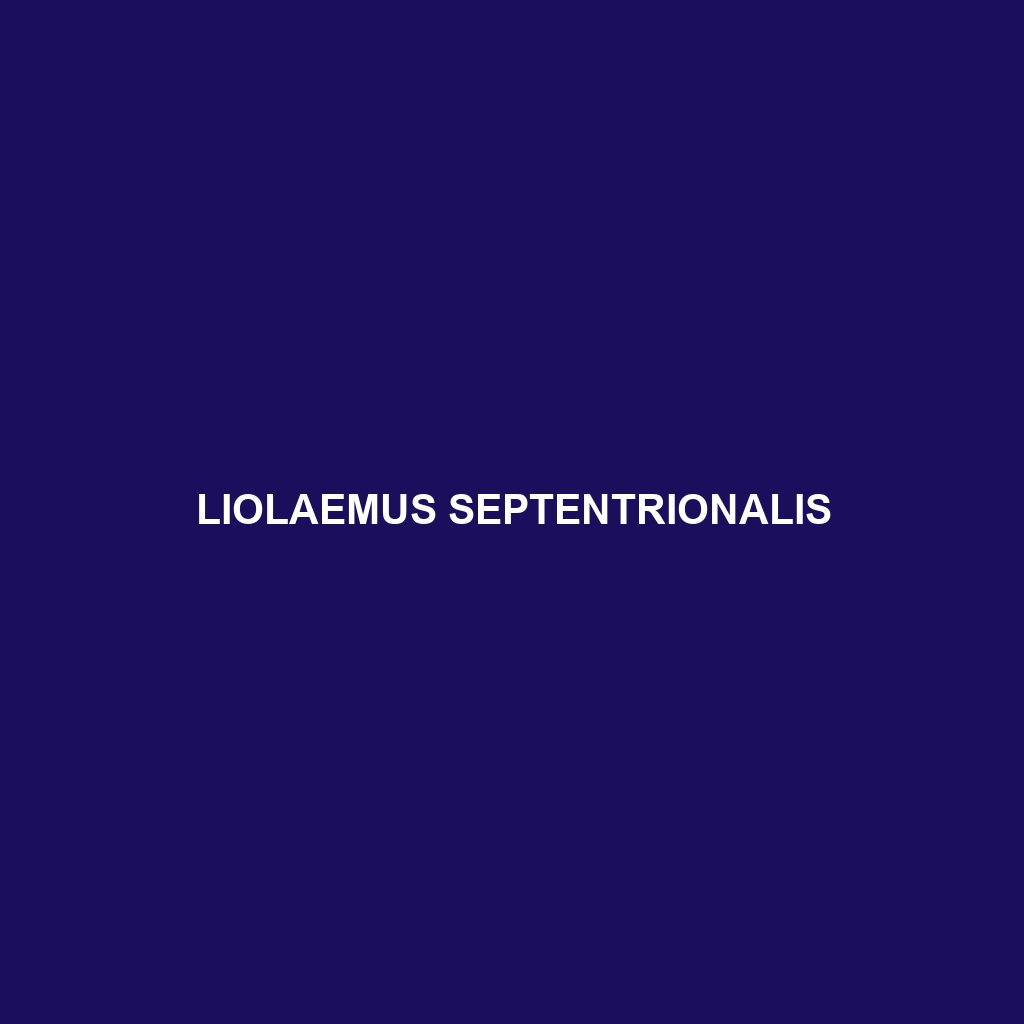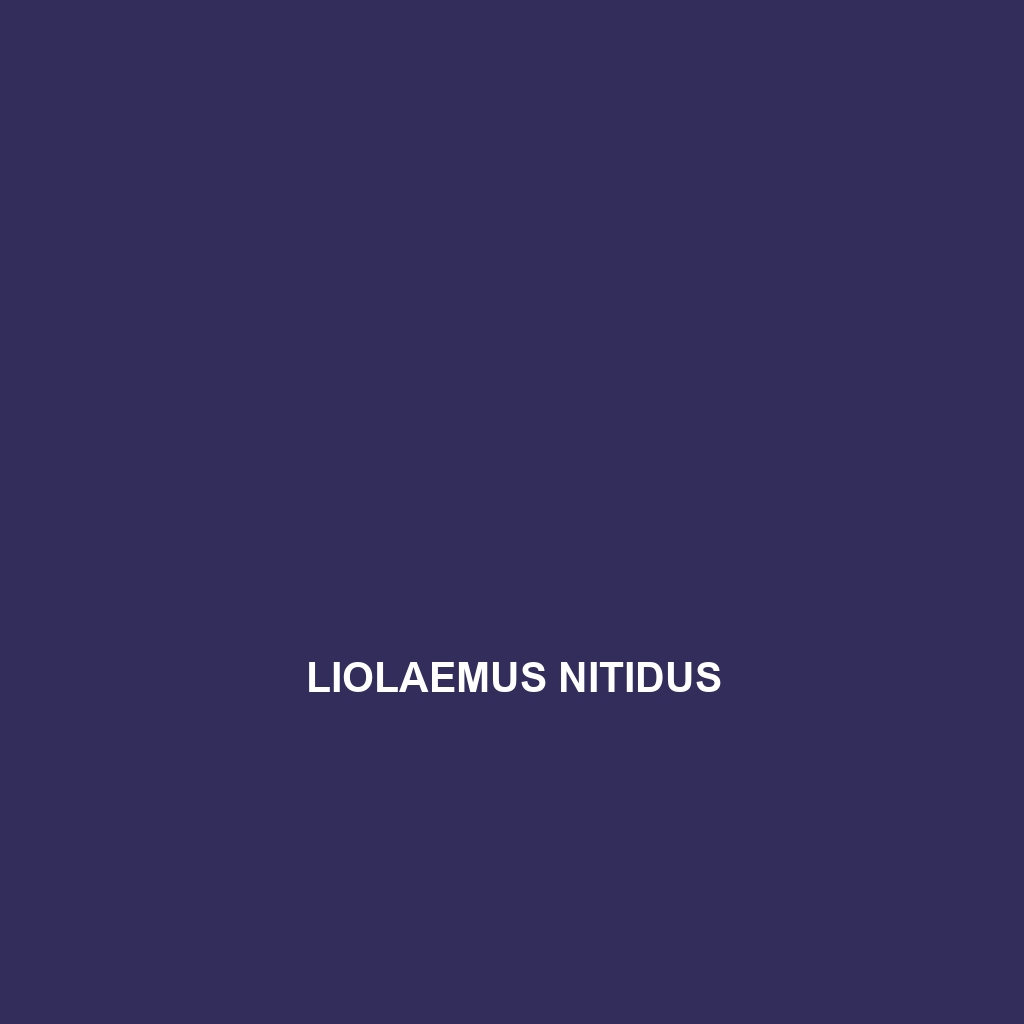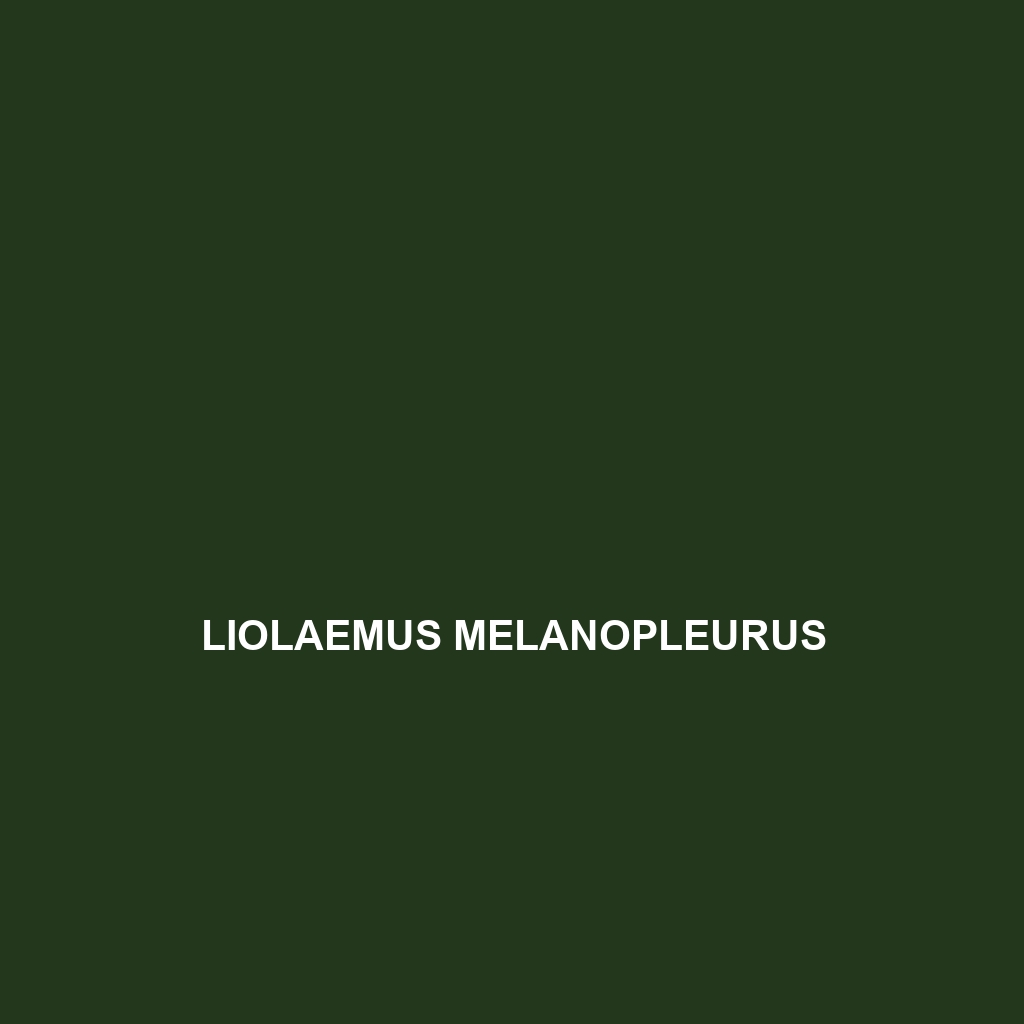Liolaemus vhagar, commonly found in the Andean mountains of Chile and Argentina, is a medium-sized, diurnal lizard characterized by its robust body and earthy coloration that aids in camouflage. As an insectivore, it plays a crucial role in maintaining ecosystem balance while showcasing unique behaviors such as territorial displays and seasonal migration.
Tag: lizard thermoregulation
Liolaemus ubaghsi
Introducing the Liolaemus ubaghsi, a unique lizard native to the rugged Andes mountains of Argentina, known for its vibrant coloration and robust body, measuring 7 to 10 centimeters. This resilient insectivore thrives in various habitats, exhibiting diurnal behavior and impressive climbing abilities, making it a vital part of its ecosystem.
Liolaemus tacnae
<p><b>Liolaemus tacnae</b> is a captivating lizard species native to the high-altitude regions of the Andean mountains in northern Chile, notable for its colorful scales, distinctive dorsal crest, and adaptability to rocky alpine environments. Inhabiting areas with sparse vegetation, these insectivorous lizards play a crucial role in their ecosystem by controlling insect populations and serving as prey for larger animals.</p>
Liolaemus septentrionalis
<p><b>Liolaemus septentrionalis</b> is a medium-sized lizard native to the arid regions of northern Chile, particularly the Atacama Desert. Known for its vibrant coloration and adaptability to extreme temperatures, this insectivorous species plays a vital role in controlling insect populations while thriving in rocky terrains and limited vegetation.</p>
Liolaemus pseudoanomalus
<p><b>Liolaemus pseudoanomalus</b> is a moderate-sized lizard found in temperate South American habitats, with a diet primarily consisting of insects and occasional plant matter. Known for its unique coloration and diurnal behavior, this species plays a vital role in controlling insect populations and aiding in seed dispersal within its ecosystem.</p>
Liolaemus nitidus
Discover the Liolaemus nitidus, also known as the shiny liolaemus, a small to medium lizard featuring iridescent skin in shades of green and brown, thriving in the temperate forests of southern South America. This insectivorous species exhibits unique behaviors, including territorial displays and color changes for camouflage, playing a vital role in maintaining ecological balance.
Liolaemus melanopleurus
<b>Liolaemus melanopleurus</b>, also known as the black-backed lizard, is a 10 to 15 cm insectivorous species native to the temperate forests and grasslands of Patagonia, characterized by its dark gray to black dorsal coloration, agility in rocky terrains, and important role in controlling insect populations within its ecosystem. This resilient lizard exhibits fascinating behavioral traits, including territorial displays and thermoregulation through sun basking.
Liolaemus curicensis
Liolaemus curicensis, found in the temperate forests and high-altitude grasslands of central Chile, is a slender, diurnal lizard measuring 6 to 8 cm with unique coloration for camouflage. This insectivorous species exhibits fascinating behaviors such as site fidelity and has a role in its ecosystem as both a predator and prey, contributing to ecological balance.
Liolaemus azarai
<b>Liolaemus azarai</b> is a resilient lizard species found in Argentina’s Andean foothills and Patagonia, characterized by their slender bodies measuring 8 to 10 centimeters, earthy color variations, and primarily insectivorous diet. This adaptable species plays a crucial role in maintaining ecological balance and has a conservation status of Least Concern.
Eremias szczerbaki
<b>Eremias szczerbaki</b>, also known as the Eremian Lizard, is a slender, diurnal lizard native to the dry grasslands of Central Asia, characterized by its sandy coloration and ability to adapt to harsh, semi-arid environments. This species plays a vital role in regulating insect populations and is recognized for its unique camouflage and thermoregulation behaviors.









